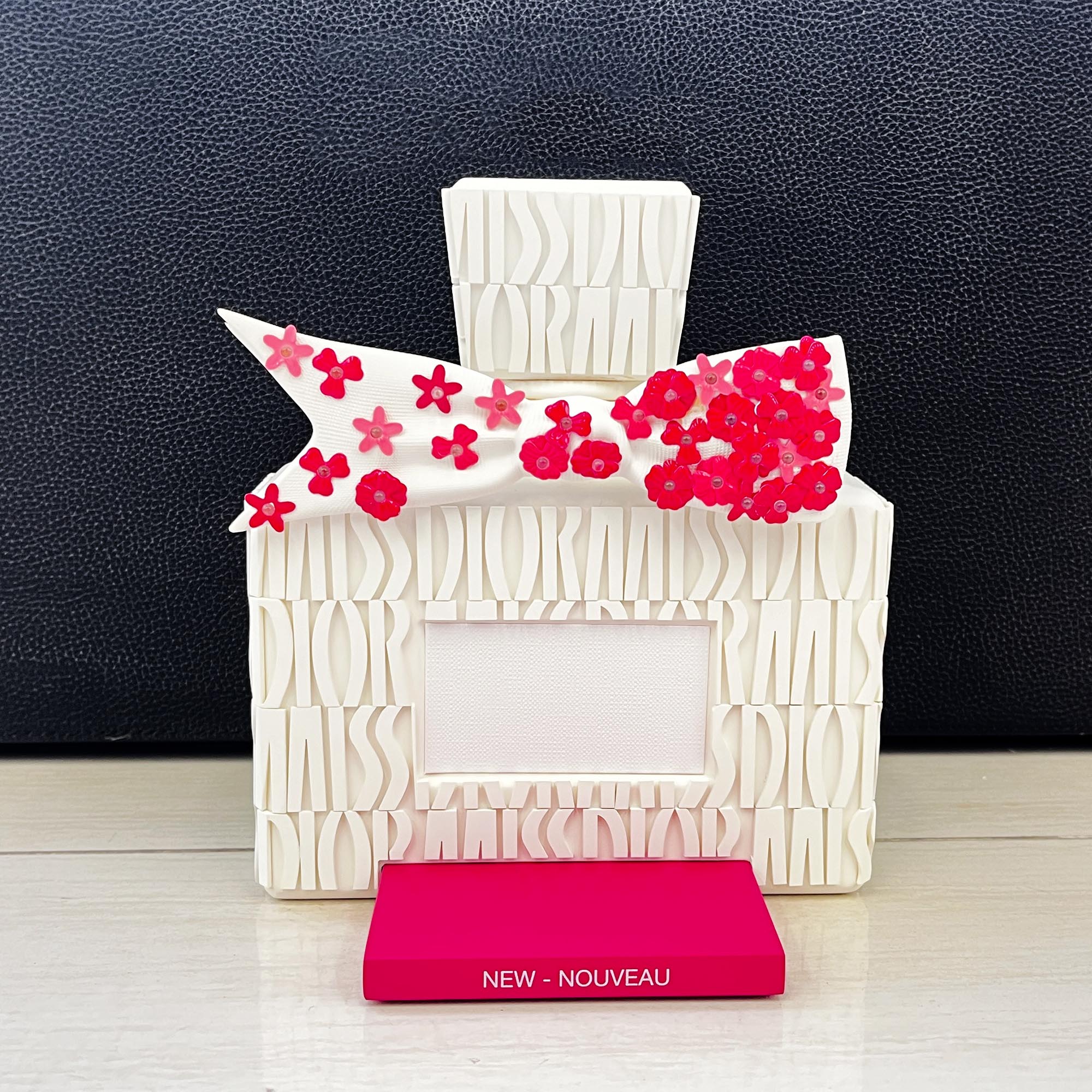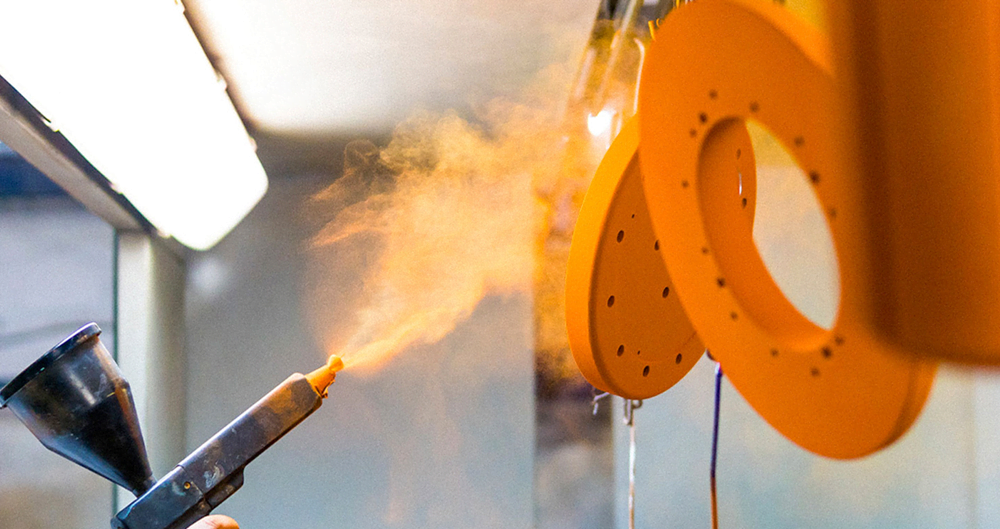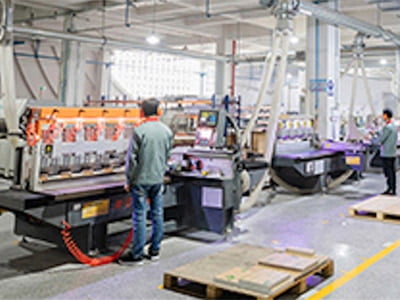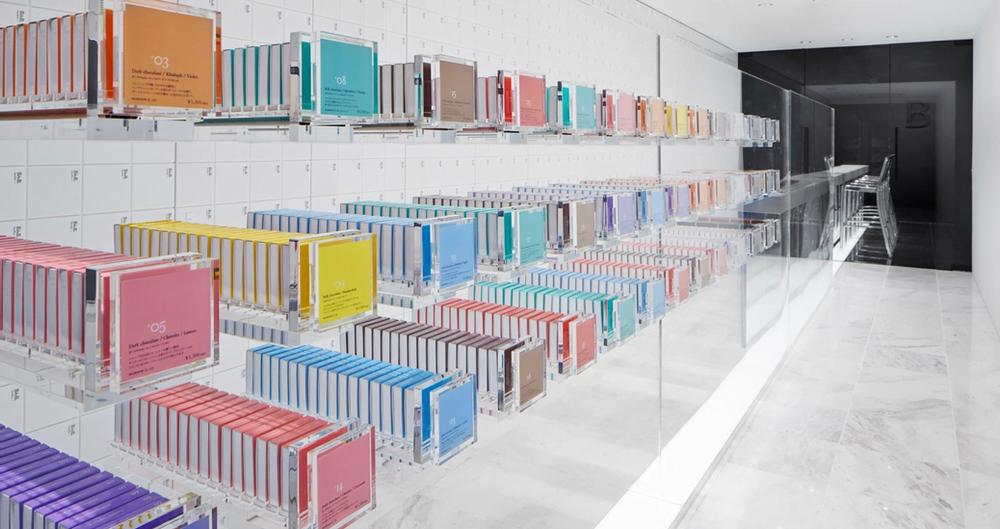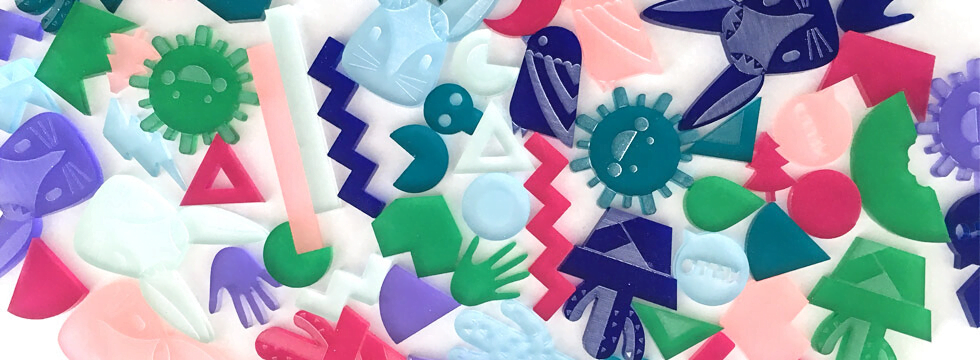Choosing between 3D printing vs traditional manufacturing for retail displays can be challenging for luxury brands. 3D printing offers rapid prototyping and customization, while traditional manufacturing ensures durability and cost efficiency. Understanding the differences will help you select the best method for your retail project.
Table of Contents
- 3D printing allows for rapid prototyping and intricate designs, but can it meet the demands for large-scale production and cost control?
- Traditional manufacturing methods are well-established and cost-effective, but are they flexible enough for your specific needs?
Choosing the wrong manufacturing method can lead to overspending, delayed deliveries, and potentially harm your brand image.
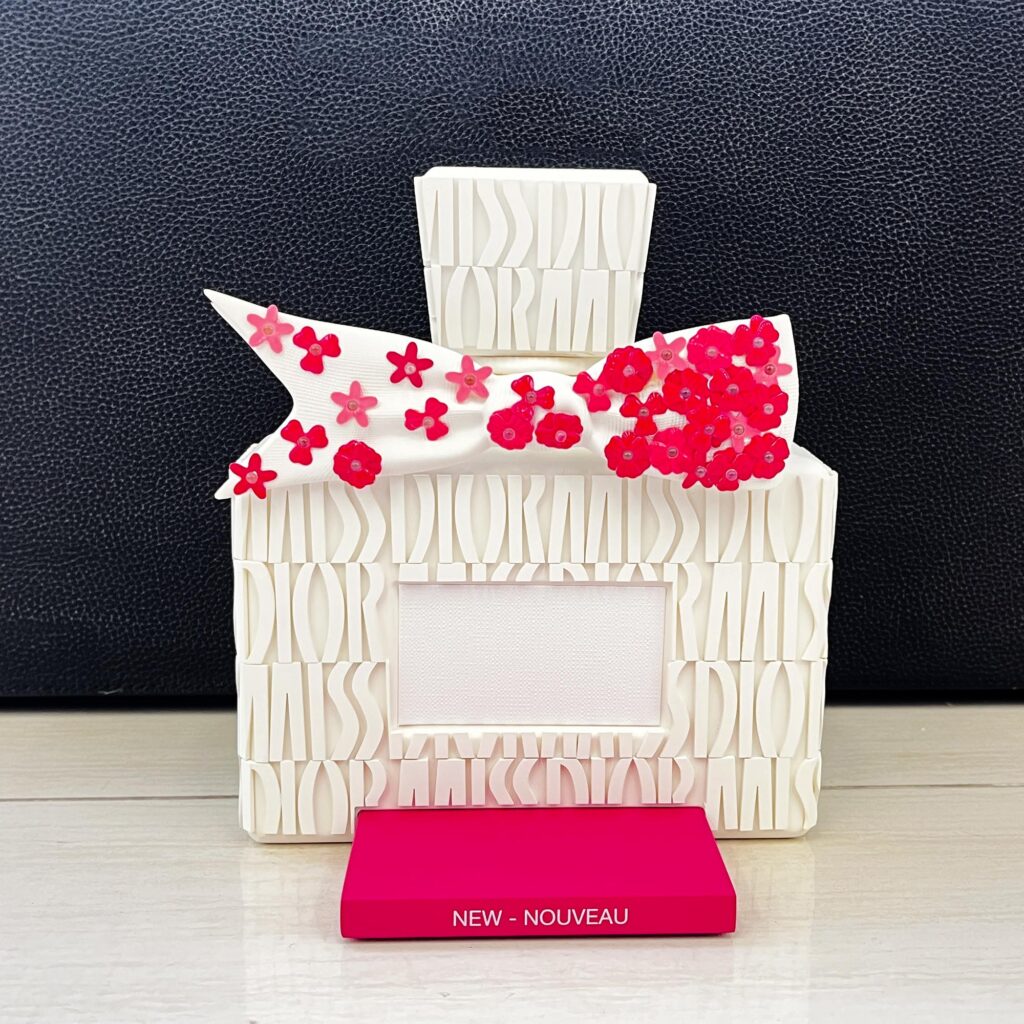
This article will provide a comprehensive comparison between 3D printing and traditional manufacturing in retail display design from the perspective of a retail VM expert. We’ll guide you through the advantages and disadvantages of each, and provide you with the expertise to make an informed decision based on your needs, with insights from Samtop‘s hands-on experience.
3D printing is ideal for small-batch, highly customizable, and intricate retail displays, offering fast prototyping and design flexibility. Traditional manufacturing (injection molding, CNC, etc.) is more suited for large-scale, standardized projects, providing higher unit cost efficiency and stable quality. Choosing the right manufacturing method based on project volume, design complexity, and budget is key to achieving impactful retail displays.
🔍 What is 3D Printing for Retail Displays?
3D printing (also known as additive manufacturing) creates objects by building them layer by layer based on a digital model. It is especially suitable for rapid prototyping, customized designs, and small-batch retail displays with complex shapes, such as perfume stands, jewelry holders, and brand sculptures.
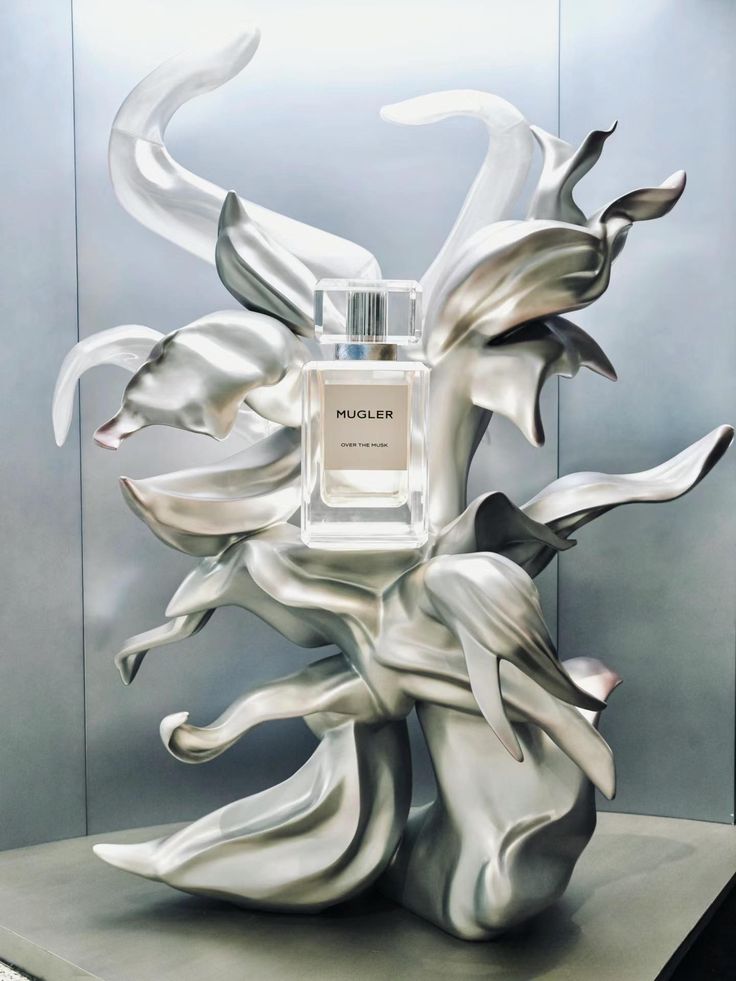
Keywords:
- 3D printing for retail displays
- Rapid prototyping
- Customized POS materials
🔩 What is Traditional Manufacturing for Retail Displays?
Traditional manufacturing includes processes like injection molding, CNC machining, die-cutting, and sheet metal fabrication. It’s generally better suited for high-volume, standardized retail display production projects.
Keywords:
- Traditional retail display manufacturing
- Injection molding displays
- CNC display fabrication
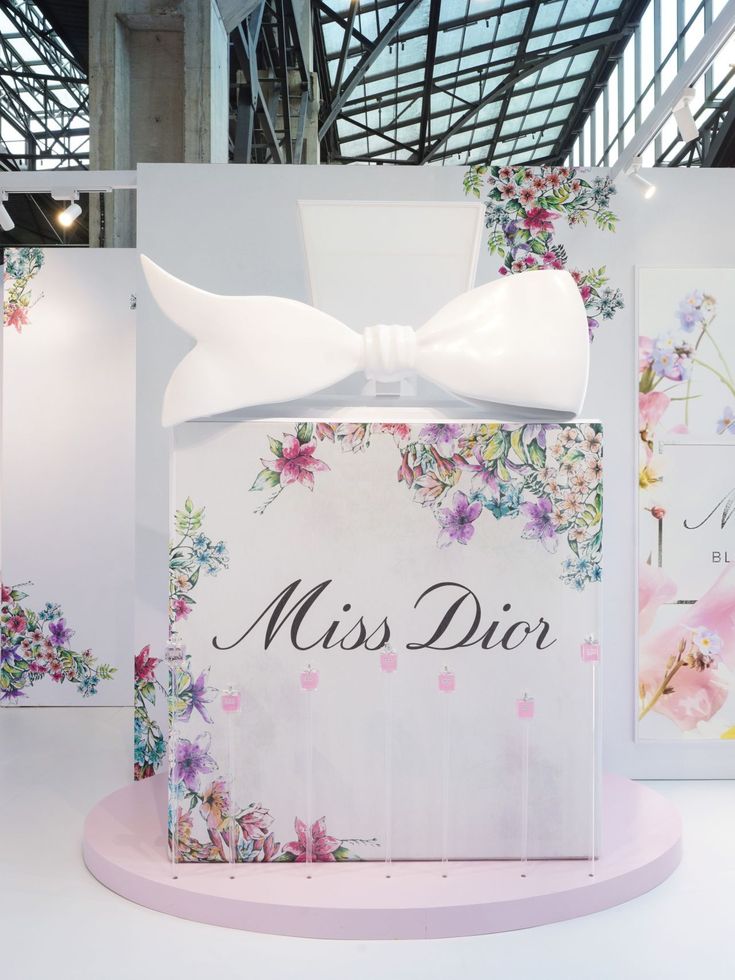
📊3D Printing vs Traditional Manufacturing: Comparison Table
| Comparison Aspect | 3D Printing | Traditional Manufacturing |
|---|---|---|
| Customization | ✅ High, ideal for unique, complex structures | ❌ Limited, best for standardized designs |
| Prototyping Speed | ✅ Fast iteration, suitable for trial and error | ❌ Longer tooling and mold production time |
| Small Batch Cost | ✅ Cost-effective, no need for molds | ❌ High tooling costs |
| Mass Production Cost | ❌ High unit costs, slower production | ✅ Cost-effective for large volumes |
| Material Variety | ❌ Limited (mostly plastics) | ✅ Wide variety (acrylic, wood, metal, etc.) |
| Surface Finish | ❌ Layered texture, requires post-processing | ✅ Smooth, high-quality finish |
🏪 Best Applications for 3D Printing vs Traditional Manufacturing
| Application Scenario | Recommended Method | Reason |
|---|---|---|
| Pop-up stores / Limited Edition Displays | 3D Printing | Flexible, quick, low-cost production |
| Nationwide Retail Displays | Traditional Manufacturing | Lower cost, better consistency |
| Perfume / Beauty Displays | Hybrid Method | 3D sculptures + CNC clear casing |
| Design Agency Prototypes | 3D Printing | Fast feedback and creative iterations |
| Large-Scale Promotional Displays | Traditional Manufacturing | Durability and mass production |
🧪Samtop’s Hybrid Manufacturing Capabilities
At Samtop, we offer:
- ✅ 3D Printing: FDM, SLA – suitable for rapid prototyping and creating complex shapes
- ✅ Traditional Manufacturing: Injection molding, CNC, die-cutting, sheet metal fabrication, wood and handcrafting
- ✅ Hybrid Material Integration: Combining acrylic, metal, LED, and foam sculptures
- ✅ Project-Based Delivery: From structural design → rapid prototyping → bulk production → global drop shipping
📈 Case Studies: 3D Printing and Traditional Manufacturing in Action
🎯 Case Study: Swatch European Window Sculpture Displays
- Approach: 3D printing + UV printing + LED integration
- Timeframe: 12 days from design confirmation to delivery
- Outcome: Increased customer dwell time by 30%, social media video reached over 30K shares
🎯 Case Study: ZARA Spring/Summer Pop-Up Installations
- Approach: Injection molded bases + spray-painted metal structures
- Timeframe: 4,000 units produced and shipped globally in just 18 days
- Client Feedback: “Samtop’s ability to turn designs into reality in such a short time makes them our most trusted VM partner.”
❓FAQ: 3D Printing vs Traditional Manufacturing for Retail Displays
Q1: Can 3D printing be used for large-scale retail display production?
A: While 3D printing is great for custom and small batches, it is not cost-effective for large-volume production due to material and time constraints.
Q2: What is the best method for creating luxury retail displays?
A: Traditional manufacturing is often the best choice for luxury retail displays, providing premium finishes and durability. However, 3D printing can be used for custom sculptural elements or prototypes.
Q3: Can both methods be used together in one project?
A: Absolutely. At Samtop, we often combine 3D printing for creative features with traditional processes for structural components.
According to 3D Printing Industry, additive manufacturing is revolutionizing prototyping, while the Retail Design Institute emphasizes the importance of material choice for brand identity.
📩 Need help with your custom retail display projects?
At Samtop, we:
- Offer both 3D printing and traditional manufacturing solutions for custom retail displays
- Provide design flexibility, premium finishes, and quick turnaround for your projects
- Ensure on-time delivery and high-quality production for your retail displays
📧 Email: [email protected]
🌍 Website: www.samtop.com
